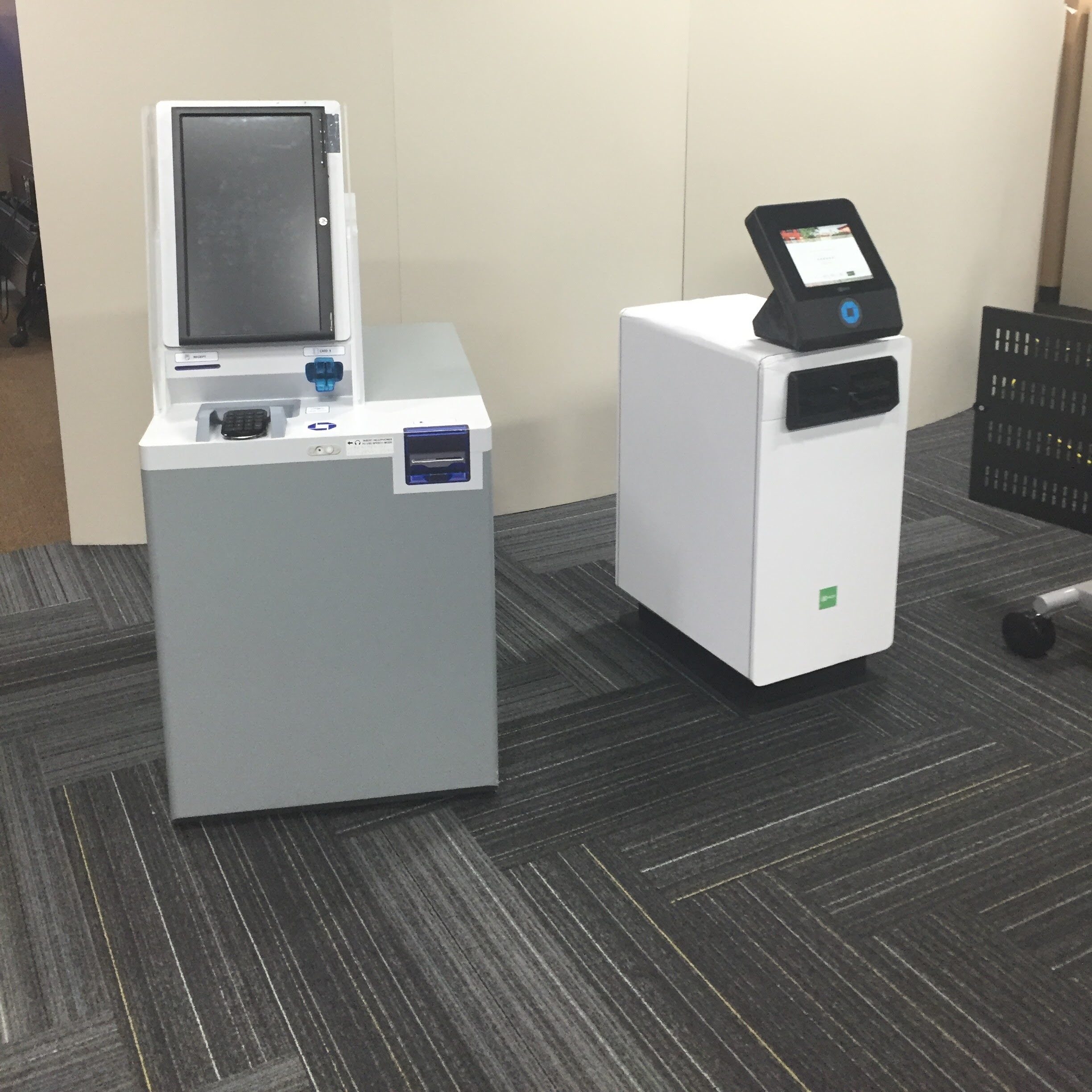From Concept to Reality: Leveraging Prototypes in Early Product Discovery

Summary
This article explores the importance of leveraging prototypes in early product discovery to transform ideas into tangible products rapidly. By utilizing a User-Centered process, teams can start with low-fidelity sketches, gradually refining concepts through mid-fidelity prototypes, and ultimately arriving at high-fidelity, polished designs. This iterative approach ensures that products are tested and validated at every stage, reducing risks and improving outcomes. The article also includes a case study of the 2014 Chase ATM redesign, where a life-size prototype and iterative testing with over 100 customers led to a highly successful product.
The Power of Prototypes
In the fast-paced world of product development, quickly transforming an idea from nothing into something tangible is invaluable. Over the years, I’ve honed a User-Centered process that allows for rapid iteration and refinement, often called early product discovery. A vital component of this process is the strategic use of prototypes ranging from low-fidelity sketches to high-fidelity, polished designs.
Prototypes are more than just a visual representation of an idea—they are a powerful tool for exploration, communication, and validation. They allow teams to explore different concepts quickly, communicate ideas clearly, and validate assumptions with real users before significant resources are invested.
Low-Fidelity Prototypes: Sketching the Vision
The journey often begins with low-fidelity prototypes like simple sketches or wireframes. These rough, usually hand-drawn representations of a product or feature are not meant to be perfect; instead, they focus on the core idea, stripping away the noise of details.
The beauty of low-fidelity prototypes lies in their simplicity. They encourage collaboration and discussion, allowing team members to quickly iterate on ideas without the fear of sunk costs. At this stage, the goal is to flesh out the concept and ensure everyone shares a common understanding.
Mid-Fidelity Prototypes: Refining the Concept
As the concept begins to take shape, the next step is to move towards mid-fidelity prototypes. These are often created using digital tools and may include more detailed layouts, basic interaction elements, and early versions of the user flow.
Mid-fidelity prototypes serve as a bridge between the raw idea and the final product. They allow for more detailed user testing and feedback, enabling teams to start thinking about usability, technical feasibility, and potential design challenges. At this stage, the prototypes are still flexible enough to allow for significant changes, but they provide a clearer picture of the final product.
High-Fidelity Prototypes: Polishing the Product
Once the concept has been refined and validated through user feedback, it’s time to move to high-fidelity prototypes. These are detailed, polished designs that closely resemble the final product. They include final visual design elements and detailed interactions, often simulating the user experience.
High-fidelity prototypes are crucial for final validation and stakeholder buy-in. They allow teams to conduct thorough usability testing and ensure that the product meets user needs and aligns with business goals and technical constraints. These prototypes are often used in presentations to stakeholders, as they provide a near-realistic view of the final product, making it easier to gain approval and move forward with development.
The Role of Prototypes in Early Product Discovery
Prototypes play a critical role in early product discovery by enabling teams to explore, communicate, and validate ideas quickly and effectively. By starting with low-fidelity sketches and gradually moving towards high-fidelity designs, teams can ensure they build the right product for the right audience. This iterative process reduces risks, saves time, and improves products.
In a world where speed to market is often crucial, the ability to quickly transform an idea from nothing to something through the strategic use of prototypes is a game-changer. I’ve relied on this process time and time again, and it continues to prove its value in the ever-evolving landscape of product development.
Case Study: The Chase ATM Redesign
One of the most impactful examples of this User-Centered process in action was the redesign of the Chase ATM in 2014. I led a team through the discovery and design process, and we adopted a prototype-driven approach that enabled rapid iteration and improvement based on user feedback.
To fully immerse our team in the user experience, we had the facilities team build a life-size replica of the ATM, which was placed in the lobby of Chase’s headquarters. This allowed us to test the prototype in a realistic environment, where we could observe how actual Chase customers interacted with it. Over several weeks, we conducted usability testing with 100 or more customers, gathering feedback that helped us iterate on the design.
Each round of testing revealed new insights into how users navigated the ATM’s interface, how they responded to the physical design, and where they encountered friction. We updated the design after each round of testing, ensuring that we addressed the critical pain points and improved the overall user experience.
The result was a significantly improved ATM interface that enhanced usability and aligned with Chase’s business goals. By using prototypes—from early sketches to the life-size ATM model—we could quickly test and refine the product, reducing the risk of costly errors later in the development process. This hands-on approach exemplified the value of early product discovery and the power of iterative design, ensuring that the final product met its users’ needs.
If you want to add prototyping to your product discovery process — I invite you to book a UX Audit with me to learn how I can help!
Related Posts
Categories
Recent Posts
- The Coming Shift: How AI Will Redefine Web Design and UX
- Embracing Fluidity in UX: Be Like Water
- The Power of UX in Accelerating Decision-Making: Learning Fast, Deciding Faster
- The Misguided Pursuit of Statistical Significance in Qualitative Research
- Leveraging Silicon Valley Product Group’s Product Operating Model in UX Design at UX Sprint Lab
